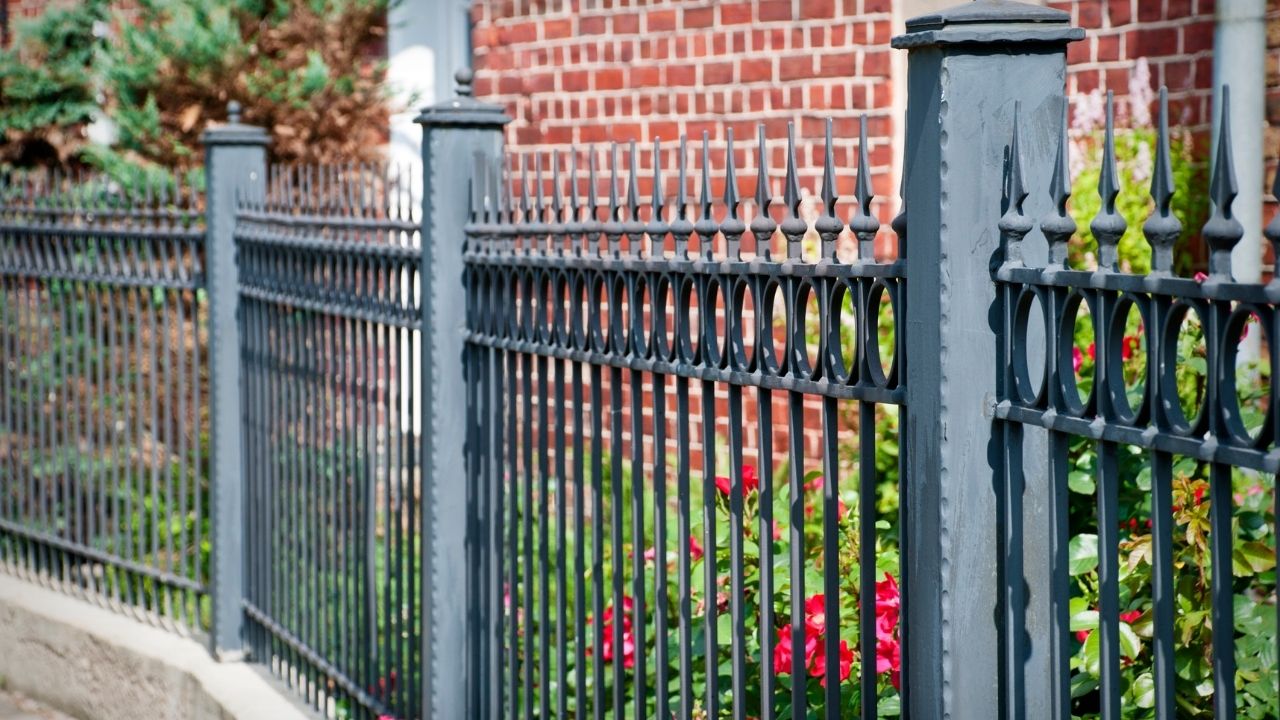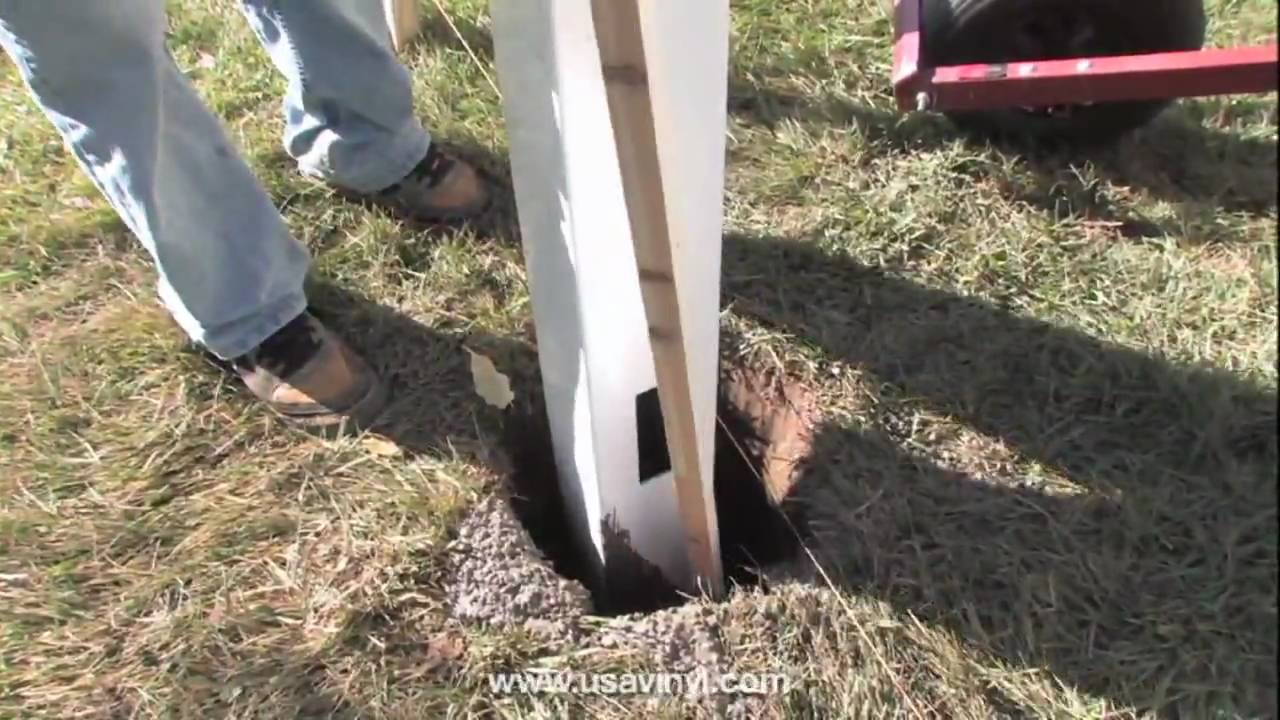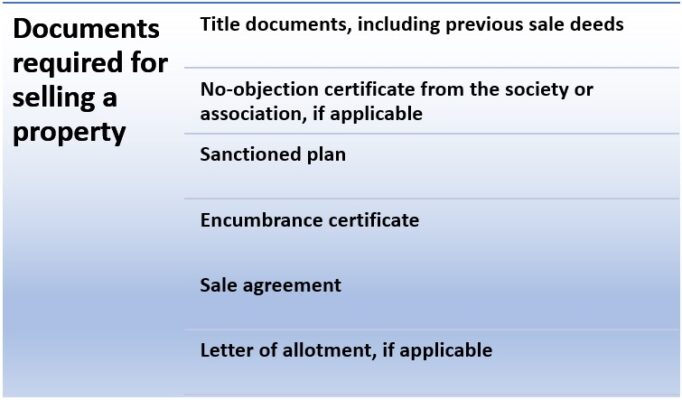
How much does stone masonry cost for each square foot? That's a question you may be asking yourself. Stone masonry costs range from $15 to $30 per square foot, and the materials used in a typical project are relatively inexpensive. Projects that require a consultant may be priced hourly. However, the majority of the price comes from labor. A landscaper may charge $3477 to create a 35-foot long dry-stacked wall. This cost includes materials as well as labor. It's a reasonable price to build your own wall. It is important to remember that stones can weigh a lot and may be difficult to transport.
Stone walls require complex construction, which includes foundation, footing, drainage, and other necessary elements. While materials and labor cost a great deal, the most significant portion of the price is in labor. A DIYer skilled in stone wall installation can expect to save nearly two-thirds on the cost. This includes labor, waste, miscellaneous materials, and other costs. It's better for people with little to no experience in masonry to seek professional help.

A mortared wall of stone means individual stones are joined together by a thin layer made up of cement, water and sand. Mortar should apply to the bottom, sides, and joints of each stone. It forms a solid barrier that separates the two. This makes it a good choice for garden walls. Stone walls made from mortar are great for keeping grass out of your garden bed. The runners it uses to grow are about three to four inches lower than the soil.
Cost of materials can vary widely depending on where they are located, what season it is, and the local building codes. Natural stone, for instance, is much more affordable in the Northwest and Pacific Northwest than it would be in the rest. The type of material used will determine how it must be built, whether a deeper footer is required, and how much labor is needed to install it. Special permits may be required if the stone rockseries will be situated on top rail ties. Without cranes, it might be difficult to move them. These materials are also vulnerable to toxic creosote.
Natural stone is not as common in some areas, and so it has to be shipped long distances. If professionally installed, it is not unusual for natural stones to run as high as $30 per square feet. While natural stone masonry tends to be less expensive than brick walls or concrete, its cost per square foot can vary. It is important to consider how many decorative bricks you will be installing. For an average-sized retaining wall, a professional installation should cost about $26 per square foot. Depending on the stones used, larger decorative blocks might cost $30 per square feet.

A retaining wall may cost $25 to $75 per square foot, and a dry-stacked fieldstone retaining wall may cost $40 to 80 per square foot. These walls are an integral part of landscaping. They prevent soil erosion and help to stabilize uneven terrain. A fieldstone retaining wall can add an elegant accent to a flower garden or line a property. Costs for dry-stacked fieldstone walls can run from $40 to $82 per square foot.
FAQ
How long does it take to complete a home renovation?
It all depends on how big the project is and how much time you spend each day. On average, homeowners spend between three and six hours per week working on their project.
Can I remodel my whole house by myself?
Do it yourself - you'll save time and money.
It doesn't matter how much you love DIY, there are times when you simply cannot do it yourself. You might not be able control many of the variables.
A qualified electrician would be required to check the safety and reliability of your electrical system if you live in an older house.
You also need to consider the fact that you might not be able to handle any kind of structural damage that might occur during the renovation process.
Additionally, you may not have the right tools to complete the job. For example, if your goal is to install a new sink in your kitchen, you will need to purchase a plumber’s snake, which is designed to clear blocked pipes.
You will also need a licensed plumber to work on your plumbing project.
Let's just say that you must know what you can do before you undertake such a daunting task.
If you are unsure if it is possible to do the job on your own, ask friends or family members who have worked on similar projects.
They can offer advice about what to do and where to go for more information.
How to quickly sell my home without having to pay realtor fee?
Start searching for buyers immediately if you're looking to sell your house fast. This means that you should be willing to accept whatever price the buyer offers. You will likely lose some buyers if you hold off too long.
How important it is to be pre-approved for loans?
Pre-approval for a mortgage loan is essential. It will give you an estimate of the amount you will need. It will also help you determine if you are qualified for a specific loan program.
Are there permits needed to renovate my house
Yes. Permits will be required for any home-improvement project. In most cases, you will need both a plumbing and building permit. A zoning permit may be required depending on what type of construction you are doing.
Are you able to live in a renovated house?
Yes, I am able to live in a house and renovate it.
Can you live in a house and have renovations ongoing? The time taken to complete the work will impact the answer. If the renovation takes less than two months, then you can live in your house while it is being built. You can't live there if your renovation project takes more than two months.
You should not live in your house while there is a major building project underway. This is because you could be injured or even killed by falling objects on the construction site. Noise pollution and dust from heavy machinery on the job site could also be a problem.
This is especially true if you live in a multi-story house. This is because the vibrations and sound created by construction workers could cause serious damage to your property.
As I mentioned before, while your home is being remodeled, you'll have to manage the inconveniences of living in temporary shelters. This means you won't be able to use all the amenities in your own home.
You won't be allowed to use your dryer or washing machine while they are being repaired. It will be difficult to bear the smell of paint fumes as well the sounds that workers make.
These factors can cause stress and anxiety in you and your family. So it is important that you plan ahead so you don't feel overwhelmed by all the circumstances.
It is important to research before you start renovating your house. This will help you avoid costly mistakes down the road.
You should also seek professional help from a reputable contractor to ensure everything runs smoothly.
How Much Does It Cost to Renovate A House
The cost of renovations depends on what material is used, the size of project and how complicated the job is. Some materials, like wood, need special tools like saws and drilling while others, like steel require no additional tools. The price of renovations will depend on whether you need your contractor to do everything or if the work is done by you.
The average cost of home improvement projects ranges from $1,000 to $10,000. The average cost of home improvement projects would be between $5,000 and $25,000. You could also spend as much as $100,000 if you do it all yourself.
There are many factors that influence the final cost of renovations. The type of material used (e.g. brick vs concrete), the size of the project, the number of workers involved, the length of the project, etc. When estimating the total cost for renovation, it is important to keep these factors in your mind.
Statistics
- They'll usually lend up to 90% of your home's "as-completed" value, but no more than $424,100 in most locales or $636,150 in high-cost areas. (kiplinger.com)
- It is advisable, however, to have a contingency of 10–20 per cent to allow for the unexpected expenses that can arise when renovating older homes. (realhomes.com)
- Most lenders will lend you up to 75% or 80% of the appraised value of your home, but some will go higher. (kiplinger.com)
- ‘The potential added value of a loft conversion, which could create an extra bedroom and ensuite, could be as much as 20 per cent and 15 per cent for a garage conversion.' (realhomes.com)
- The average fixed rate for a home-equity loan was recently 5.27%, and the average variable rate for a HELOC was 5.49%, according to Bankrate.com. (kiplinger.com)
External Links
How To
How do I plan a whole house remodel?
Planning a whole-house remodel requires planning and research. There are many things you should consider before starting your project. The first thing you need to decide is what kind of home improvement you want to make. You could choose from different categories such as kitchen, bathroom, bedroom, living room, etc. Once you've chosen the category you want, you need to decide how much money to put towards your project. If you have never worked on homes, it is best to budget at most $5,000 per room. If you have some previous experience, you may be capable of getting away with a lower amount.
Once you have figured out how much money you can afford to spend, you'll have to determine how big of a job you want to tackle. For example, if you only have enough money for a small kitchen remodel, you won't be able to add a new flooring surface, install a new countertop, or even paint the walls. If you have the money to do a complete kitchen remodel, you will be able to handle almost anything.
Next, find a contractor who is skilled in the type and scope of work you wish to undertake. This will ensure you get quality results and save you a lot of hassle later. After finding a good contractor, you should start gathering materials and supplies. It depends on how large your project is, you might need to buy everything made from scratch. There are many stores that offer pre-made products so it shouldn't be difficult to find what you need.
After you've gathered all the supplies you need, it's time to begin making plans. Begin by sketching out a rough plan of where furniture and appliances will be placed. Next, plan the layout. Be sure to leave enough room for electric outlets and plumbing. Visitors will be able to easily reach the areas that are most frequently used near the front doors. Final touches to your design include choosing the right colors and finishes. You can save money by using neutral colors and simple designs.
Now that you're finished drawing up your plan, it's finally time to start building! Before you start any construction, be sure to check the local codes. Some cities require permits while others allow homeowners to build without one. Before you can begin construction, remove any walls and floors. The next step is to lay plywood sheets on your new flooring. You will then attach or nail pieces of wood together to make the cabinet frame. The frame will be completed when doors and windows are attached.
There are some final touches that you will need to make after you are done. You'll likely want to cover any exposed wires and pipes. To do this, you'll use plastic sheeting and tape. Mirrors and pictures can also be hung. Just remember to keep your work area clean and tidy at all times.
If you follow these steps, you'll end up with a beautiful, functional home that looks great and saves you lots of money. Now that you know how to plan a whole house remodeling project, you can go ahead and get started!